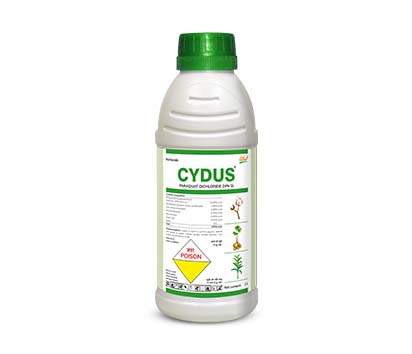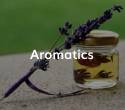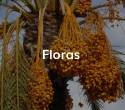Cydus is a leading non-selective and post-emergence fast acting contact herbicide.
Mode of action: It acts by inhibiting photosynthesis. In sunlight-exposed plants, it accepts electrons from photosystem I (more specifically ferredoxin, which is presented with electrons from PS I) and transfers them to molecular oxygen. In this manner, destructive reactive oxygen species (ROS) are produced.
Product group: Herbicides
Technical name: Paraquat dichloride 24% SL
| crop(s) | target weed(s) | dose | acre |
|---|---|---|
| grape | Convolvulus spp., Cynodon dactylon, Cyperus rotundus, Portulaca spp. and Tridax spp. | 1.68 L |
| potato | Anagalis arvensis, Chenopodium spp., Cyperus rotundus and Trianthema monogyna | 1 L |
| cotton | Cyperus iria and Digera arvensis | 0.42-2.12 L |
| wheat | Grassy and broadleaf weed | 1.7 L |
| tea | Boerhavia hispida, Commelina benghalensis, Imperata cylindrica, Paspalum conjugatum and Setaria spp. | 0.85-1.7 L |
| aquatic weeds | Eichornia crassipes | 1.7-400 L |
| rice | Ageratum conyzoides, Brachiaria mutica, Commelina benghalensis, Cyperus iria, Echinochloa crusgalli and Panicum repens | 0.5-1.6 L |
| rubber | Digitaria spp., Eragrostis spp. and Fimbristylis spp. | 0.5-1 L |
Features:
▸ acts in presence of light and desiccate green plant parts
▸ has site of action in the cloroplast
Available pack sizes: 5 L, 1 L, 500 ML
Antidote: Induce vomiting repeatedly and wash out the stomach. Give 500 ML of 30% suspension of sterilised bento or fuller’s earth orally. Repeat after 2-4 hours. Treat symptomatically.
Disclaimer: The product usage is beyond our control and the product performance depends on a variety of factors such as the crop pattern, the soil type, the method of application, climatic conditions, and the quality of water used for preparing spray solutions. Therefore, we do not guarantee or accept any liability other than for uniform quality of the product.












